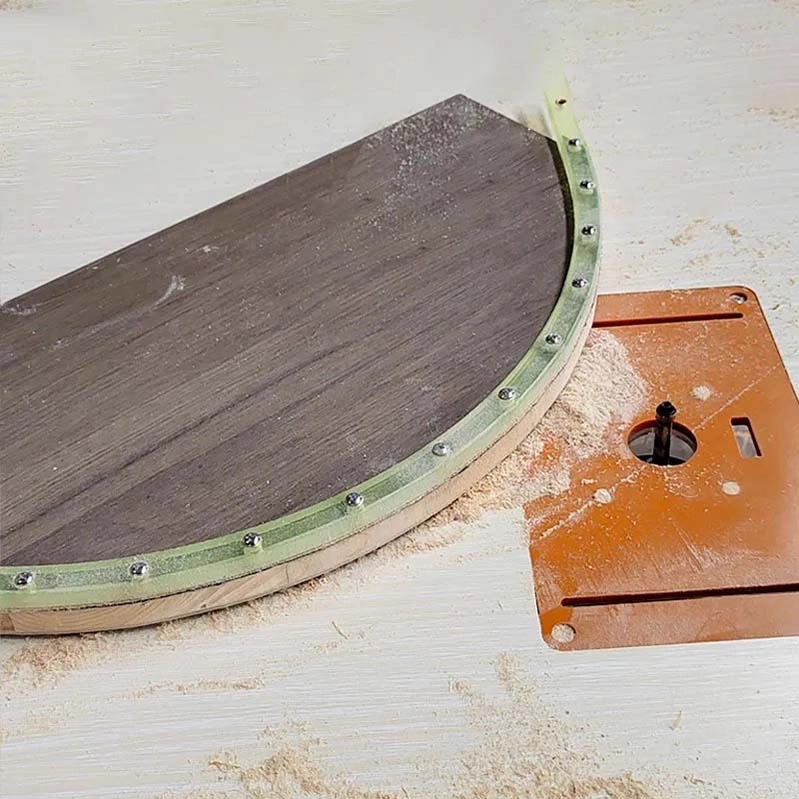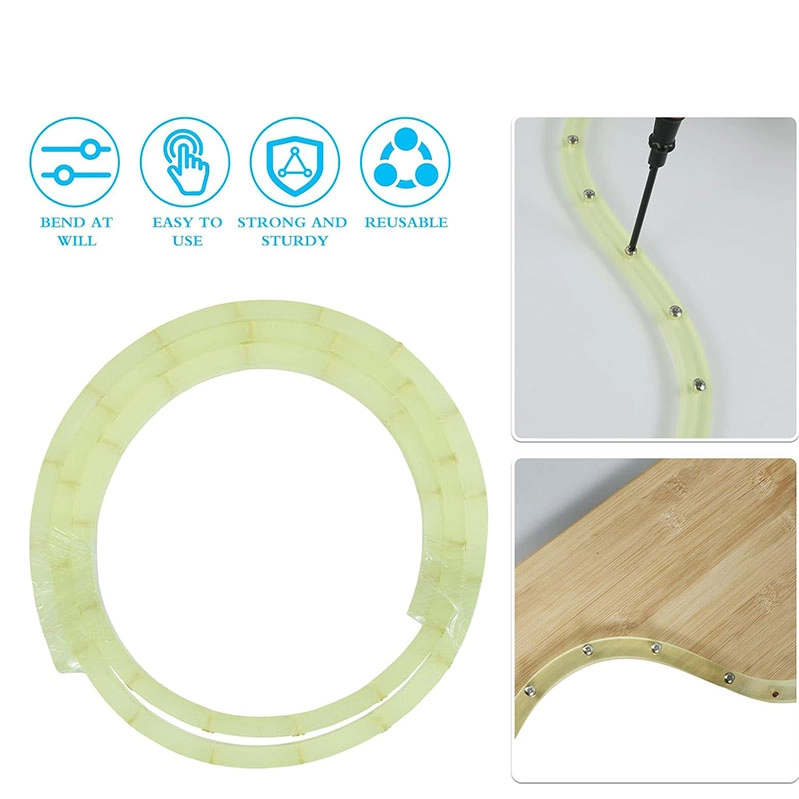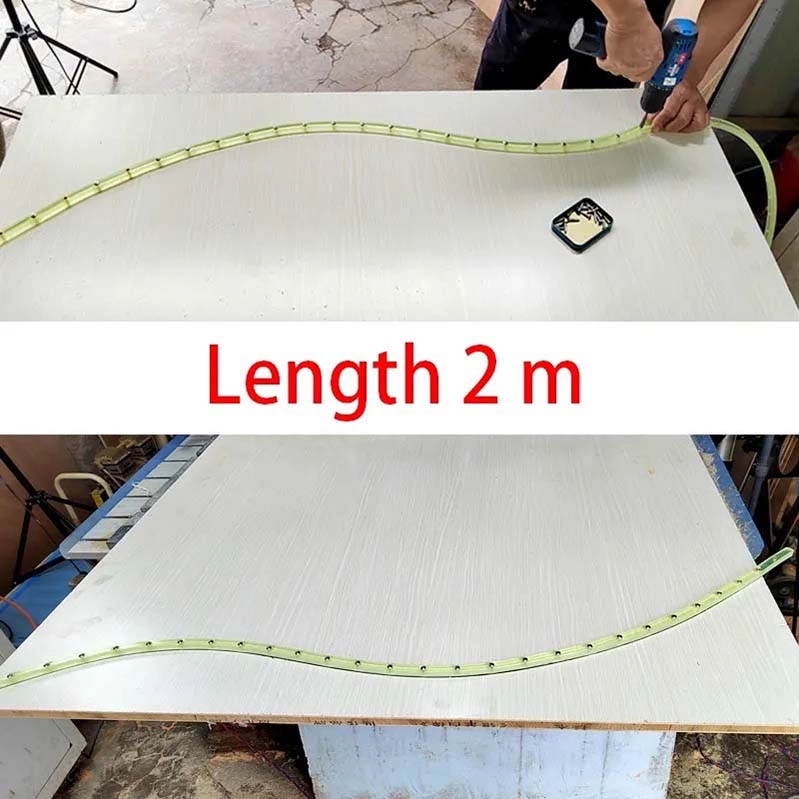Don't miss our Full range of woodworking tools - 20% OFF! Email: ruisen@wooditool.com
Mastering the Art of Woodworking Profiling Strips

Woodworking profiling strips, also known as edge profiles or moldings, are essential components that can transform your woodworking projects. They add flair, functionality, and depth to furniture, cabinets, and other wooden creations. In this blog, we’ll explore the art of woodworking profiling strips, discussing their types, applications, and how to create them with precision. Whether you’re a beginner or a seasoned woodworker, understanding profiling strips can take your craftsmanship to the next level.
Understanding Woodworking Profiling Strips
Profiling strips refer to the decorative or functional edges applied to wooden surfaces. They not only protect the edges from wear and tear but also enhance the aesthetics of the piece. Let’s delve into some popular types of profiling strips:

- Bullnose Profiles: Bullnose profiles are semi-circular or rounded profiles that create a soft, smooth edge. They are commonly used on tabletops and shelving, offering a graceful transition between the edge and the surface.
- Ogee Profiles: Ogee profiles are characterized by their S-shaped curves, giving your projects an elegant and classical appearance. They are often found on cabinets, picture frames, and decorative molding.
- Cove Profiles: Cove profiles feature a concave curve and are used to create decorative accents, particularly in cabinetry and furniture. They can add a touch of sophistication to your woodworking projects.
- Chamfer Profiles: Chamfer profiles involve beveling the edge at a specific angle, typically 45 degrees. This style is ideal for creating clean, contemporary edges on tabletops and other surfaces.
Applications of Profiling Strips
Now that we’ve explored the various types of profiling strips, let’s discuss their applications in woodworking:
- Enhancing Aesthetics: Profiling strips can transform plain, flat surfaces into beautifully detailed ones. They are especially useful for adding intricate details to furniture, doors, and window frames.
- Edge Protection: By adding profiling strips to the edges of your wooden pieces, you protect them from chipping and damage, increasing their longevity.
- Creating Visual Interest: Profiling strips can be used to draw attention to specific areas of a project. For instance, using an ogee profile on the corners of a cabinet can make it a focal point in a room.

Creating Profiling Strips with Precision
Achieving flawless profiling strips requires precision and attention to detail. Here’s a step-by-step guide to help you create them with finesse:
- Select the Right Wood: Choose a wood species that complements your project. Hardwoods like oak and cherry are popular choices due to their durability and aesthetic appeal.
- Measure and Plan: Measure the dimensions of the surface edge where you want to apply the profiling strip. Plan the type of profile you want and the dimensions of the strip accordingly.
- Safety First: Before you begin any woodworking project, ensure you have the necessary safety gear. Safety goggles, hearing protection, and dust masks are essential when working with wood.
- Router Setup: Use a router table with a profiling bit that matches the desired profile. Secure your wood piece and adjust the bit’s height to achieve the desired depth of cut.
- Make Test Passes: Always make test passes on scrap wood to fine-tune your setup before working on your project piece. This helps prevent costly mistakes.
- Slow and Steady: When routing your project piece, move the wood slowly and steadily along the router table. Be patient to ensure a smooth, consistent profile.
- Sanding and Finishing: After profiling, sand the strip to remove any rough edges or imperfections. Apply your choice of finish, such as stain or varnish, to protect and enhance the wood’s appearance.
Woodworking profiling strips are the secret to elevating your woodworking projects from ordinary to extraordinary. These versatile additions offer both aesthetic appeal and practicality. By understanding the various profiles available, their applications, and the steps to create them with precision, you can take your woodworking skills to new heights. So, the next time you embark on a woodworking project, consider the magic of profiling strips to add that perfect finishing touch.
